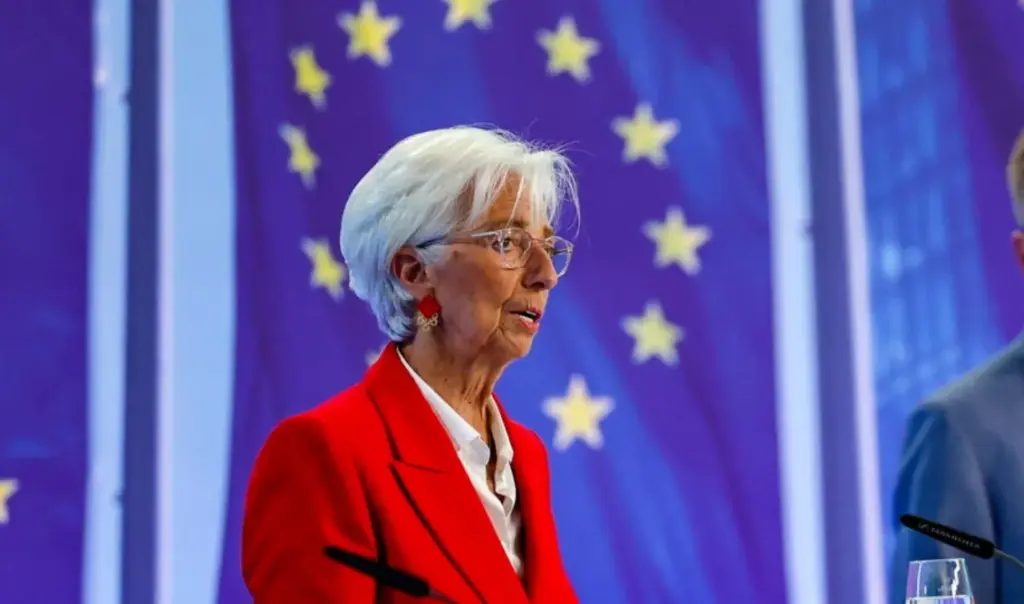The European Union is implementing radical changes in financial transactions, establishing new strict rules for cash usage, credit and debit cards, as well as ATM withdrawals. Simultaneously, it is limiting the spread of cryptocurrencies of questionable reliability and introducing the Digital Euro as a new, secure payment method.
Digital Euro: What changes
European Central Bank (ECB) President Christine Lagarde emphasizes that the digital euro will not replace cash but will operate alongside it, backed by the ECB guarantee with the same value as physical currency, though without bearing interest. “The responsibility for maintaining customer service infrastructure remains with commercial banks,” she characteristically notes.
1. ATM access across the entire Eurozone
The ECB sets the goal for every citizen to have access to ATMs within 1-3 kilometers in cities and 5-10 kilometers in rural areas. The availability of banknotes and coins is considered critical for economic stability, requiring extensive banking networks and local services.
2. Regulations for cash and electronic payments
The ECB emphasizes balance between cash usage and strengthening electronic payments. It notes that refusing cash payments is justified in cases of disproportionate amounts (e.g., paying 5 euros with a 200-euro banknote), but if non-acceptance of cash undermines the legal tender status, member states must take corrective measures.
3. Strict framework for cryptocurrencies
Lagarde warns about the risks of privately issued cryptocurrencies, as they often cannot maintain stable value, threatening their role as a medium of exchange and store of value. Notably, Tether – the largest stablecoin issuer – is based in El Salvador, a country without a prudential supervision framework. This lack of international coordination can create systemic risks and “vulnerabilities” in the global economy.
4. The Digital Euro – Transparency and security
The digital euro will constitute a basic, free payment service, available in all Eurozone countries for online and offline transactions. It will circulate alongside physical euros, with the ECB guaranteeing its validity.
Its operation will resemble cash: it will be stored in an electronic wallet that citizens can create through their bank or a public intermediary. Its use will be feasible in stores, online purchases, peer-to-peer payments, and other daily transactions, without any fees.
A European tool for the future of payments
Today, 13 out of 20 Eurozone countries rely on international payment schemes for card transactions. The digital euro aspires to fill this gap, offering a European electronic payment solution that will be accepted everywhere, with guaranteed security and personal data protection.




